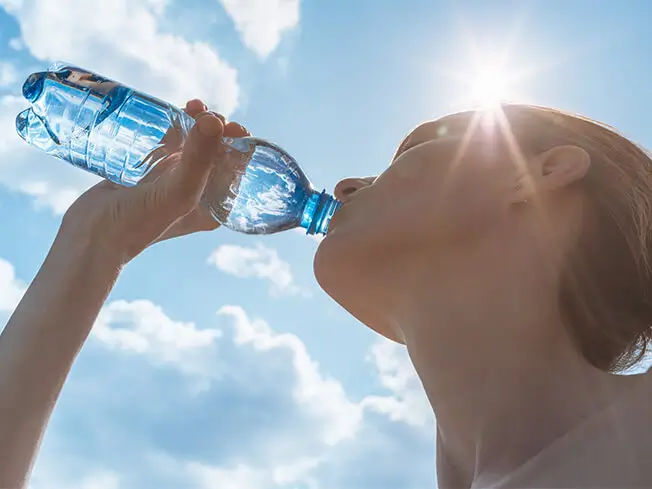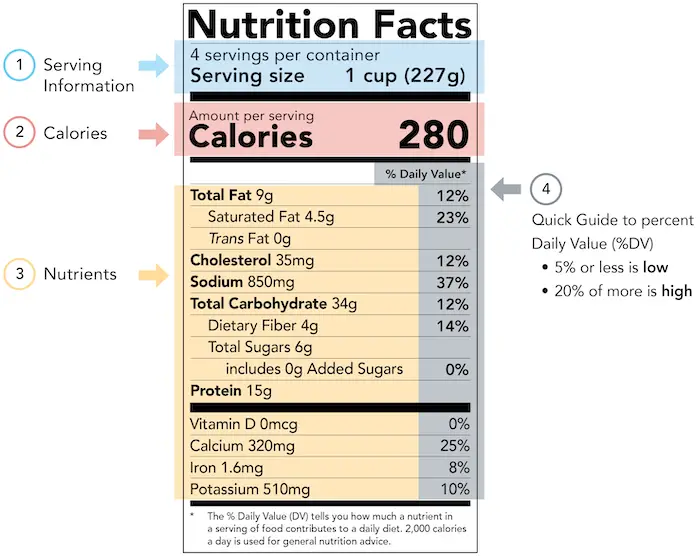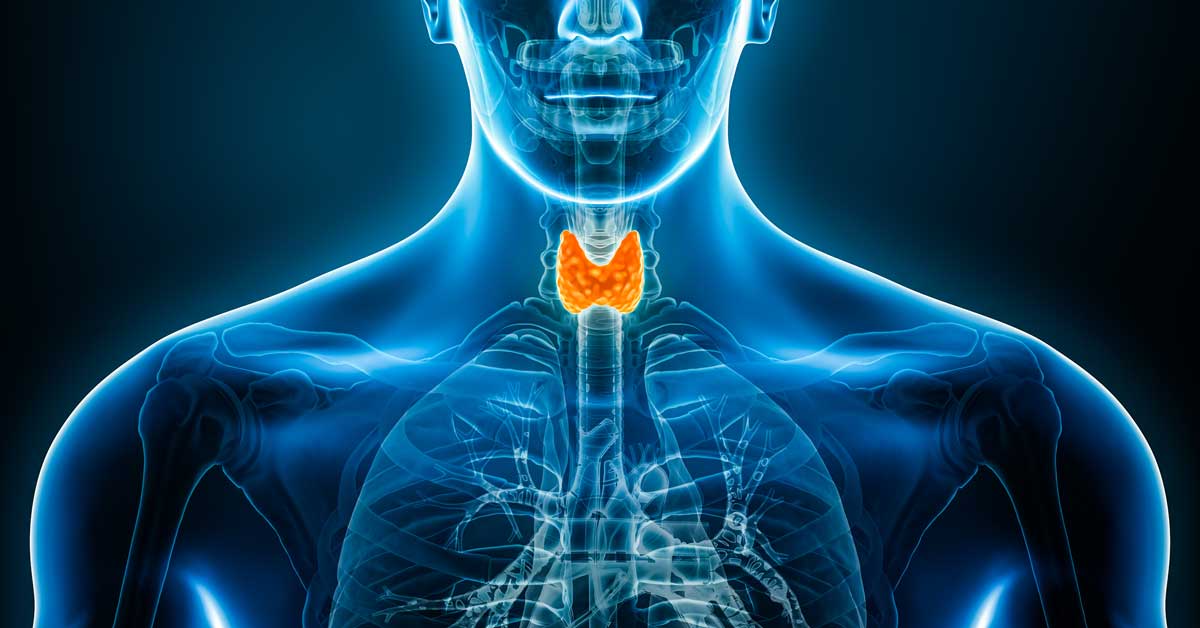Beat the Heat: Hydration Tips to Lower Cancer Risk
Beat the Heat
Hydration Tips to Lower Cancer Risk

With the heat dome bearing down on us this summer, drinking plenty of fluids is essential for keeping our bodies cool and replenishing fluids that are lost as we sweat. To stay hydrated, drink eight to ten cups (64 to 80 ounces) of liquids per day. It’s good practice to keep a bottle of your favorite drink close by at all times.
Grocery store shelves beckon with rows of drink choices. Before you load those brightly packaged cans and bottles into your shopping cart, take a closer look at what’s inside before you take a swig. The key ingredient to watch for? Sugar. If you’re striving to live a healthy lifestyle, here are some facts to consider.
The American Institute of Cancer Research (AICR) recommends limiting excess sugar and sugar-sweetened drinks. While there’s little scientific evidence that sugar directly causes cancer, consuming too much can lead to serious health problems, such as diabetes, heart disease and dental decay, and weight gain.
Excess body weight has been found to increase the risk of at least 13 different types of cancers, according to Cancer Research UK. In fact, after smoking, overweight and obesity are the biggest causes of cancer. Additionally, a diet high in added sugars can affect levels of insulin and related hormones in ways that may increase the risk of certain cancers
Sports Drinks
The primary purpose of sports drinks is to replenish glucose, carbohydrates and electrolytes, such as potassium, sodium and magnesium, which are lost as we sweat during strenuous exercise. Some also contain vitamins and/or caffeine to boost energy and endurance.
Sports drinks are also high in sugar content. An average serving contains 35 grams of sugar, that’s close to nine tablespoons and 150 calories!
For comparison, the American Heart Association recommends that men should consume no more than nine teaspoons of added sugar per day and that women should consume no more than six teaspoons (25 grams or 100 calories) per day.
While sports drinks can be beneficial for those involved in high-intensity sports or exercise that lasts one hour or more, for the average person or weekend athlete, they are a sugary drink to swig only in moderation, or when following the recommendations of your health care provider.
Energy Drinks
The U.S. energy drink market is expected to top nearly $26 billion in sales during 2024. Their popularity is surging in younger adults, ages 18 to 34, and those seeking increased energy and focus and to stay awake longer.
It’s a promise energy drinks can deliver on because, after water, sugar is the main ingredient. A nutritional review shows that a 12-ounce energy drink contains about 41 grams of sugar.
Many energy drinks also pack about 200 mg of caffeine into a single serving, equal to the amount in two cups of brewed coffee. Due to recent evidence linking daily energy drink intake to weight gain, seizures and heart problems, regular consumption is not recommended.
Soda Pop
It’s true that soda is mostly water, but that water is loaded with sugar, usually in the form of high-fructose corn syrup – almost nine teaspoons of sugar per 12-ounce can, according to the U.S. Department of Agriculture (USDA). And don’t forget calories. The average can of cola has 155 calories.
While sugar-free sodas may sound like a good alternative, research has shown a link to negative health effects. The artificial sweeteners can trigger cravings for sugar and have been linked to stomach problems, headaches and insomnia.
A Note About Food Labels
The Nutrition Facts Label is a familiar feature on packaged foods and beverages. It’s a valuable tool to make quick, informed decisions to help you make healthy eating decisions.
Graphics and information courtesy of FDA.gov






Comments